Charge in public
Compliant to the German
calibration law and robust
EV charging infrastructure for public applications
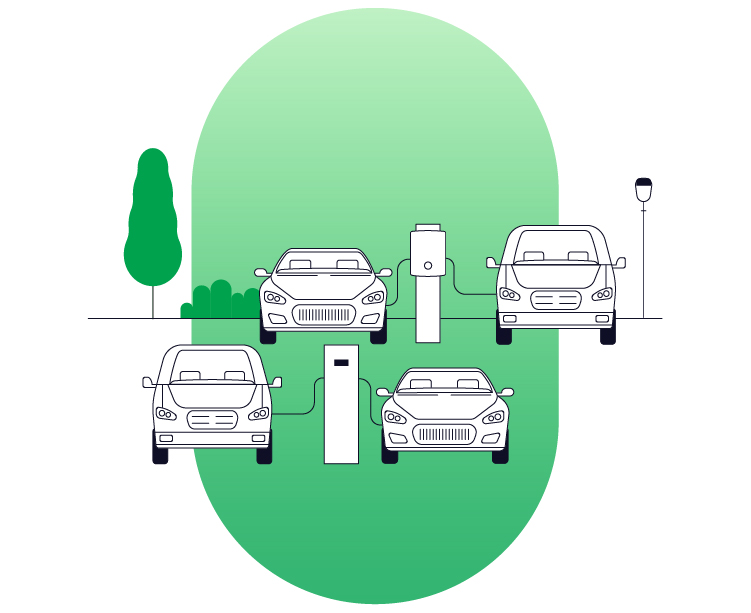
Charge in public
Compliant to the German
calibration law and robust
EV charging infrastructure for public applications
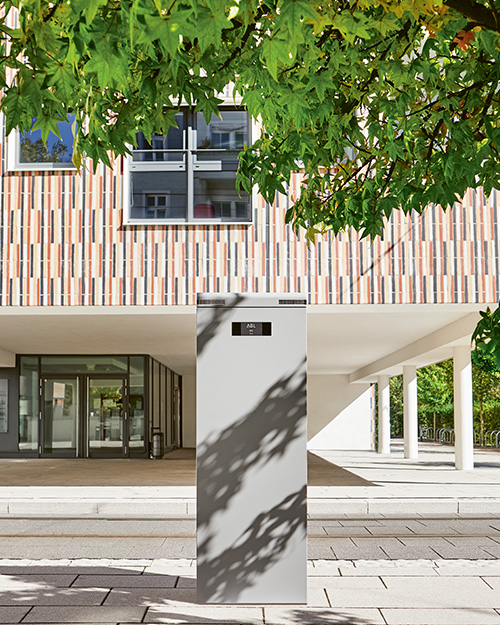
Intelligent EV charging infrastructure systems by ABL for municipal utilities and municipalities
Public charging points offer electric drivers flexibility, especially on longer journeys. A special feature in Germany is that public charging infrastructure must comply with German calibration law. For this purpose, the charging stations must be certified by the National Metrology Institute of Germany (Physikalisch-Technische Bundesanstalt (PTB)) or the VDE Institute (Verband der Elektrotechnik, Elektronik und Informationstechnik (VDE)).
Quick Facts
Vandalism-proof
Billing options complying with calibration law
High safety standards
Integrated electronic overcurrent protection
Compatible with payment terminal
Compatible with a wide range of systems
Product recommendations for public charging infrastructure
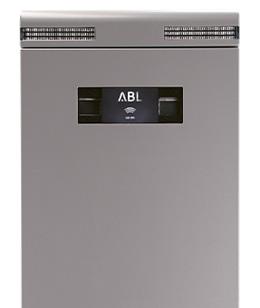
Charging poles eMC for use in the public sector
ABL charging poles blend well into their surroundings. The multi-coated, sturdy metal housing as well as the sophisticated and stable charging technology guarantee a long and reliable working life. Two bases of different heights ensure the correct installation level for all substrates. The charging pole eMC3 is available in compliance with calibration law.
To product overview charging poles eMC
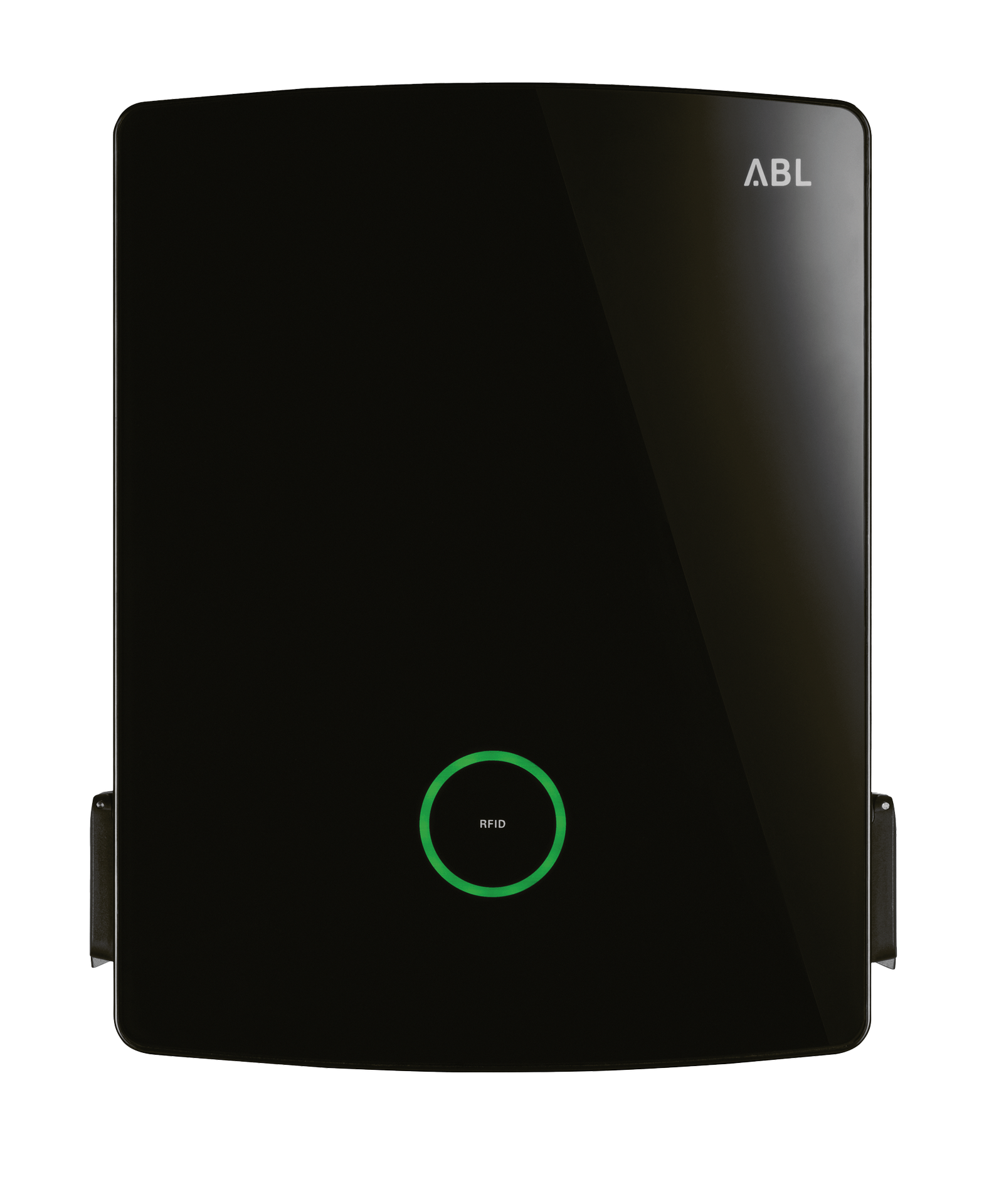
Charging in the public sector with the Wallbox eM4 Twin
The Wallbox eM4 Twin is available in compliance with calibration law, offers remote updates and can be installed in a particularly space-saving manner. Standardised interfaces (OCPP Smart Charging, Modbus TCP) enable integration into a wide range of external systems. In addition, the Wallbox eM4 Twin is ISO15118 Hardware Ready for Plug & Charge.
To product overview Wallbox eM4
Lookbook
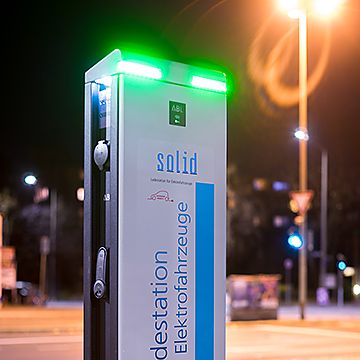
Charging pole of Ladeverbund+
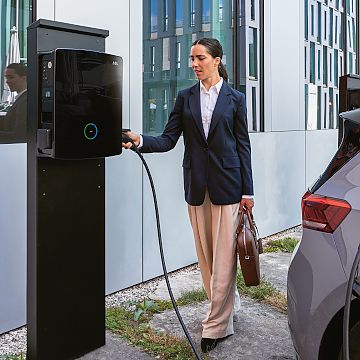
Wallbox eM4 Twin as a charging solution for the public sector
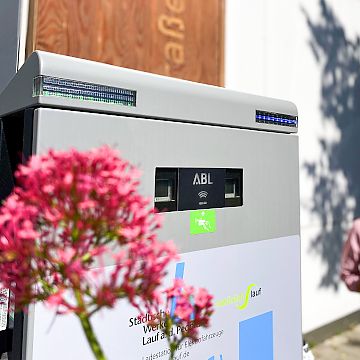
Public charging pole of StWL Städtische Werke Lauf a.d. Pegnitz GmbH
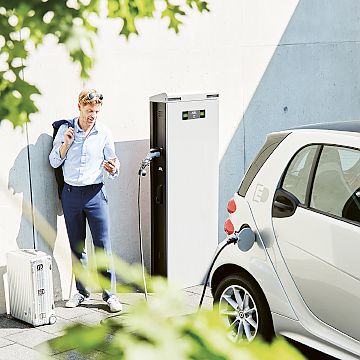
Charging pole eMC3 compliant with calibration law
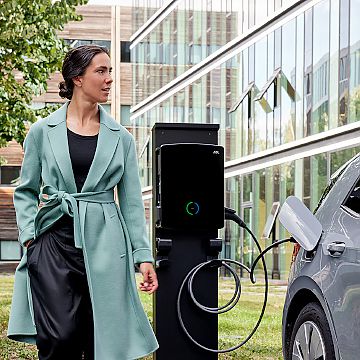
Wallbox eM4 Twin
compliant with calibration law

Charging pole of Ladeverbund+

Wallbox eM4 Twin as a charging solution for the public sector

Public charging pole of StWL Städtische Werke Lauf a.d. Pegnitz GmbH

Charging pole eMC3 compliant with calibration law

Wallbox eM4 Twin
compliant with calibration law
Frequently Asked Questions
You can find an overview of our backend partners here:
https://www.ablmobility.de/en/products/compatability.php
If your preferred backend is not included in the list of our backend partners, we will be happy to perform the corresponding integration for you. Please contact our ABL Customer Service for this purpose.
Even with poor mobile phone reception in an underground car park, a connection to the backend can be established. This requires the integration of an LTE router into the network of the charging network.
When a charging process is completed at a charging station that is subject to a charge, no more electricity flows (0 kW). However, a parking fee will still be charged, as other electric vehicles will not be able to charge at this charging station.
Every hardware manufacturer can offer different backend operators that are compatible with its charging stations. ABL offers the possibility to integrate almost any backend.
There are various communication options for establishing communication with the backend. Communication with the backend can either take place via LTE using a SIM card from the backend operator or by integrating an existing LAN connection. Communication via WLAN is also possible.
